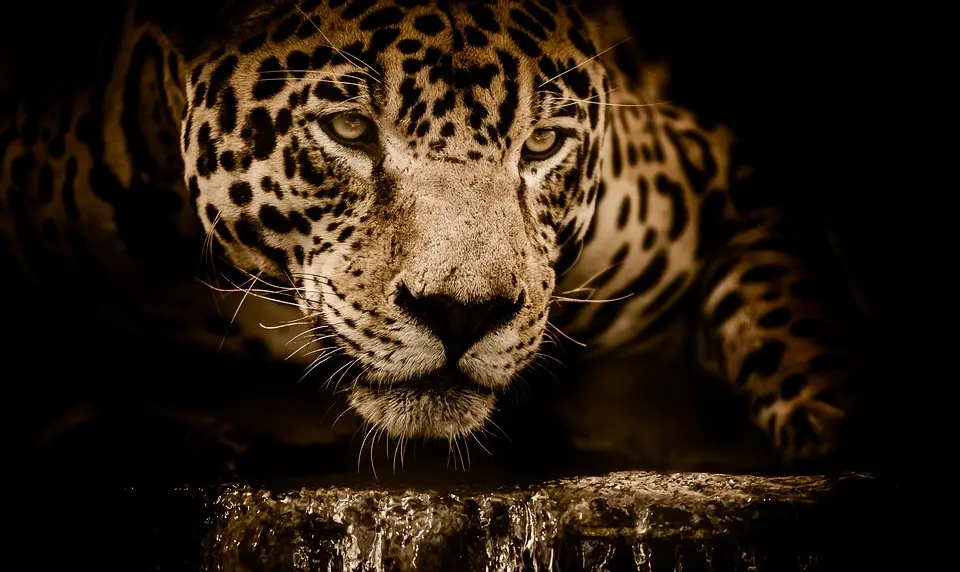Unforgettable Adventures in the Heart of Osa
Our Popular Tours

Sirena One Day Tour
On this adventure we will go from Puerto Jiménez to the Sirena Biological Station, located in the middle of the Corcovado National Park We will sail through the waters of the South Pacific where at certain times of the year and depending on the sea currents, we will be able to come across humpback whales,…
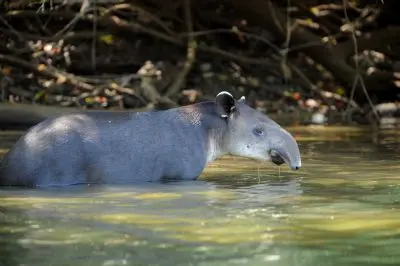
La Leona Safary 4×4 One Day Tour
This adventure begins leaving Puerto Jiménez very early, from the first moment we will be surprised with the song of the birds, we will take our transportation to Carate, this tour will take us approximately 2 hours, on the way depending on the time, we will be able to observe a great variety of mammals…
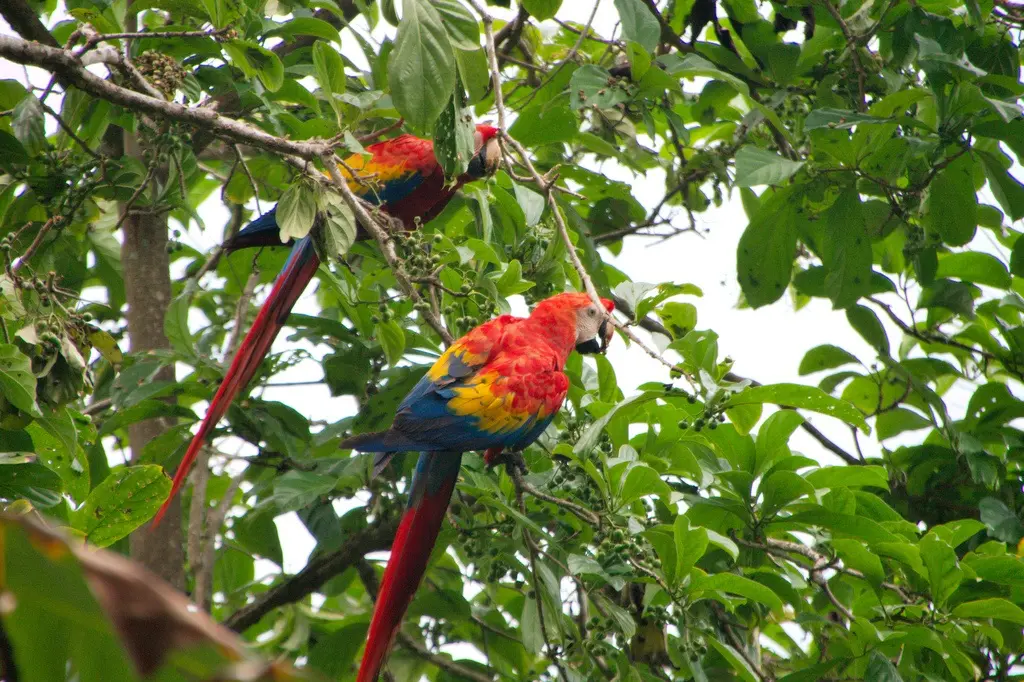
Matapalo waterfall half day or full day
It’s a tour that is very close to Puerto Jiménez, we leave early at 6am by car, we travel approximately 20 kilometers between lagoons and meadows with secondary forests, with exuberant fauna and flora until we reach Cabo Matapalo to refresh ourselves in a beautiful waterfall and there we end with the views of turquoise…
What Guides Every Adventure We Offer
Our Values
Respect for Nature
We believe in sustainable tourism that protects the rich biodiversity of the Osa Peninsula while allowing visitors to enjoy its wonders responsibly.
Local Knowledge
Our team is made up of local experts who know the trails, the wildlife, and the hidden gems of Osa — ensuring authentic and safe adventures.
Personalized Experiences
Every traveler is unique. We adapt tours and transport to fit your needs, whether you’re seeking adventure, relaxation, or cultural connection.
Safety & Comfort
From reliable transport to guided tours, your well-being is always our top priority, so you can explore worry-free.
What We Offer
Our Services
Adventure Options
Social Responsibility
Destinations
Transfers specialist
Research Support
Local Experts, Real Connections
Meet Our Team
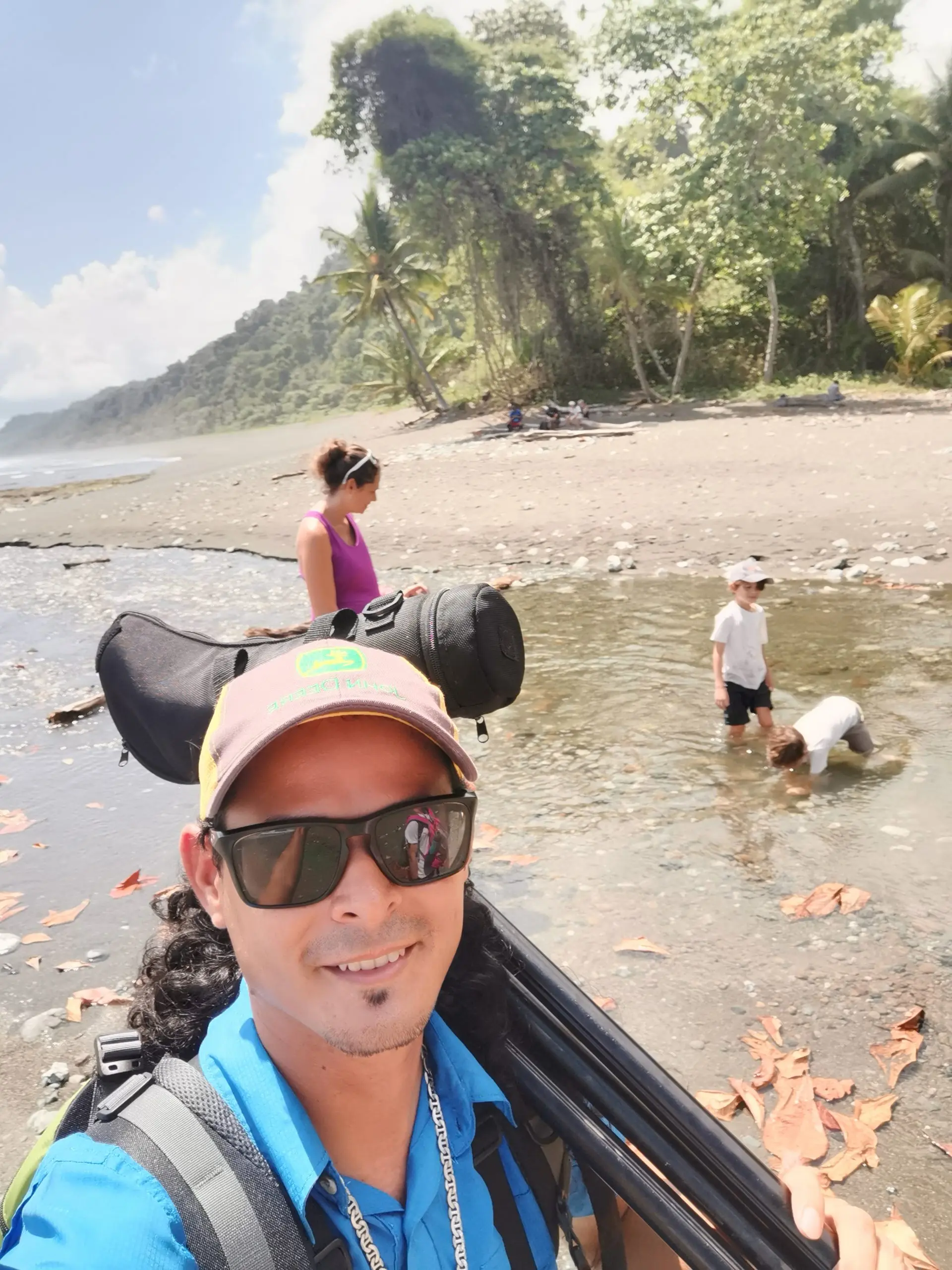
Luis Jiménez
Owner and Guide
I was born near the Los Patos station, at the entrance to Corcovado National Park. From an early age, I chose to protect nature rather than leave for the city. Over the years, I studied the forest and trained as a guide. Today, I share this treasure with visitors and help our local economy. Because I live here, I know the seasons, the tides, and the safest routes. Join me, and I will show you the wildlife and stories that make the Osa Peninsula unique.
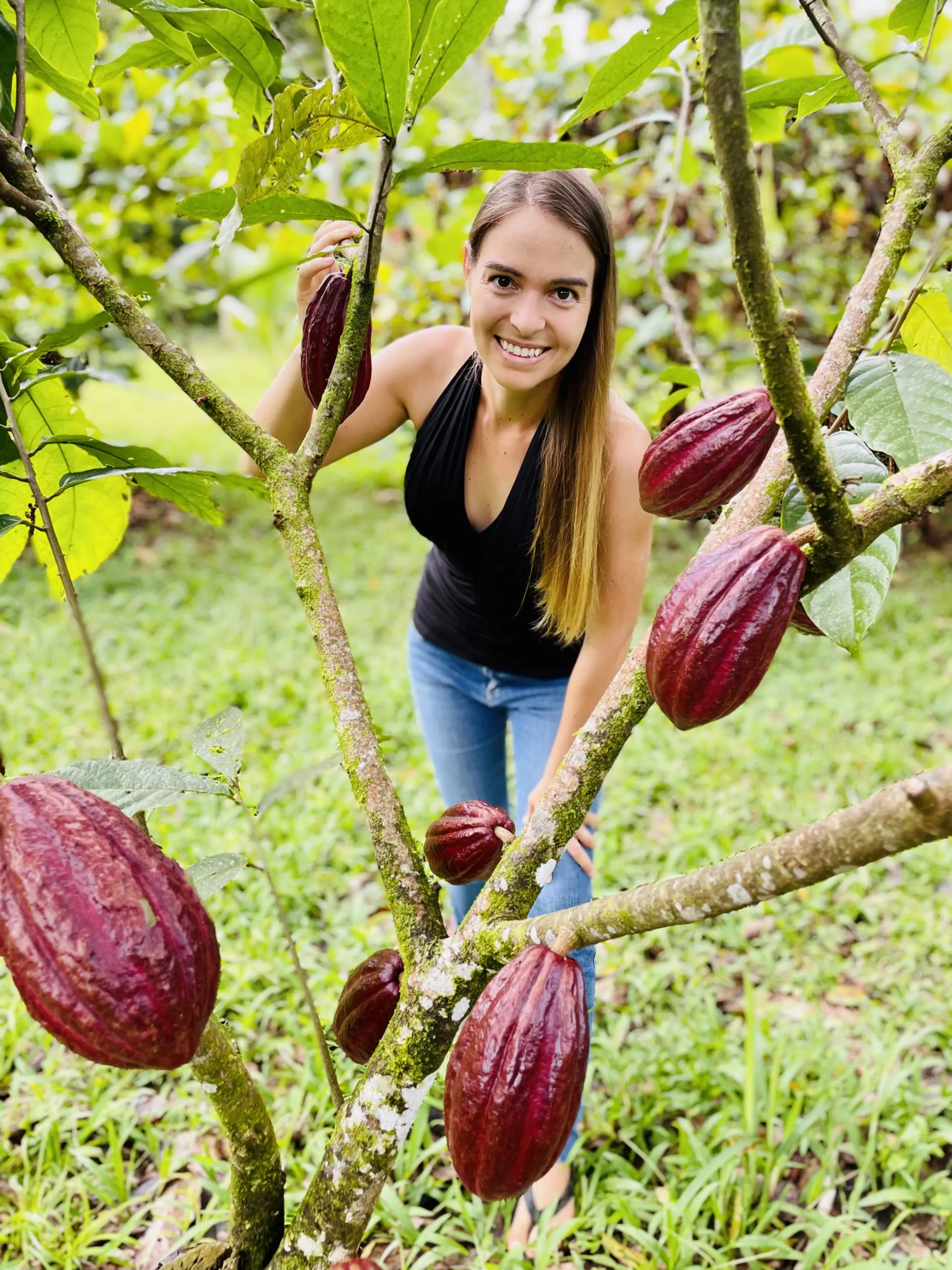
Cindy Boulanger
Tour Coordinator
I help travelers take their trip to the next level. With over 10 years of experience, I have booked thousands of tours, earned TripAdvisor awards, and created new offers for the Osa Peninsula. I speak English, French, and Spanish, so you can plan in the language you prefer. Whether you are traveling solo, as a couple, or in a group, I will design a clear, flexible itinerary. In addition, I coordinate guides, transport, and permits, so your journey is smooth from start to finish.
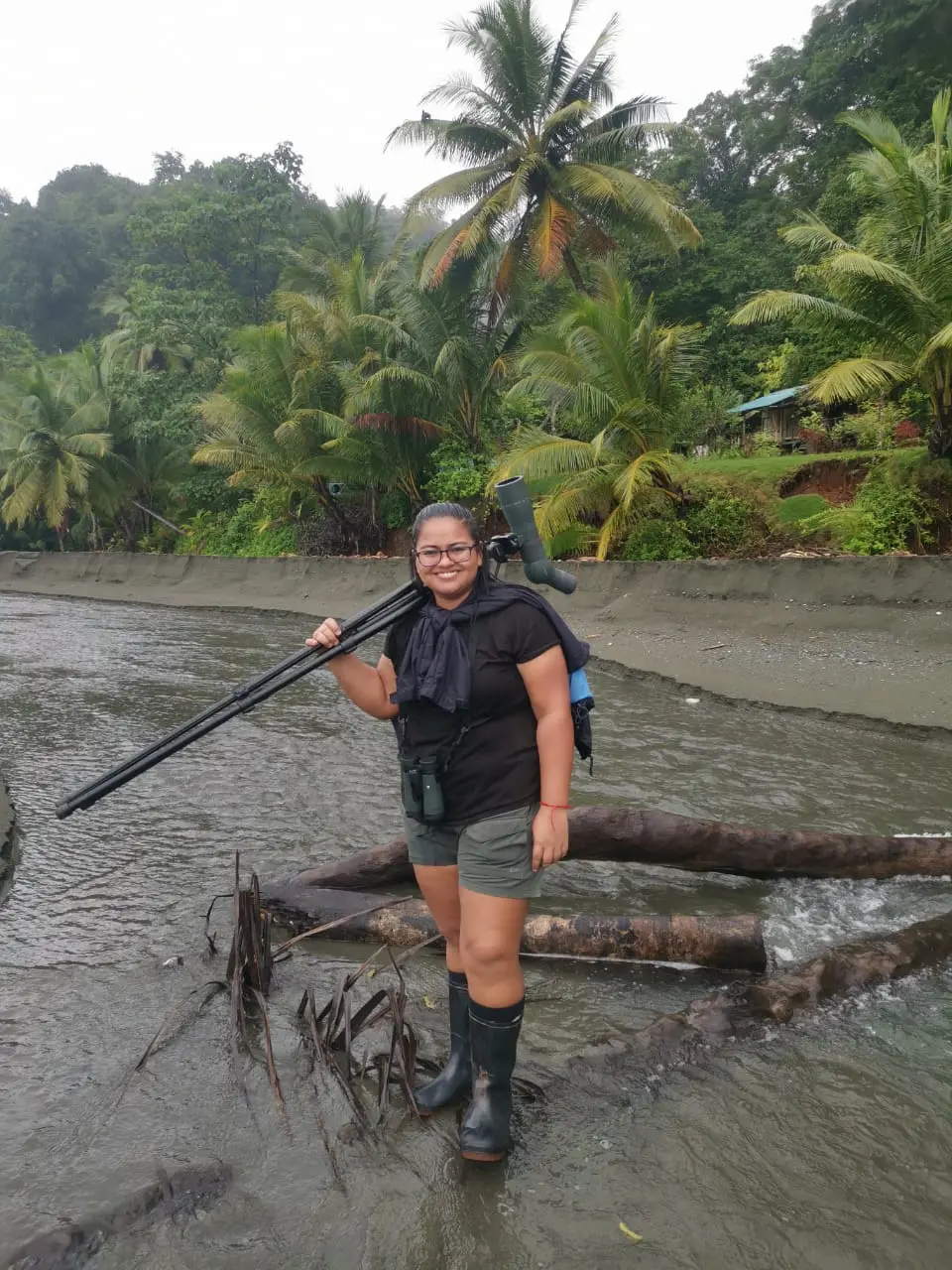
Cindy Guzmán
Naturalist Guide
Hello, I’m Cindy, a naturalist guide who is in love with Costa Rica. During my studies, I completed a technical degree in Ecological Tourism and later a university program in Ecotourism Management. Because of this training, I focus on education, safety, and great service. My vocation is guiding—I enjoy showing how rich and diverse this country is. With continuous learning and careful preparation, I aim to offer you the best experience on every tour.
Moments from Our Adventures
Image Gallery
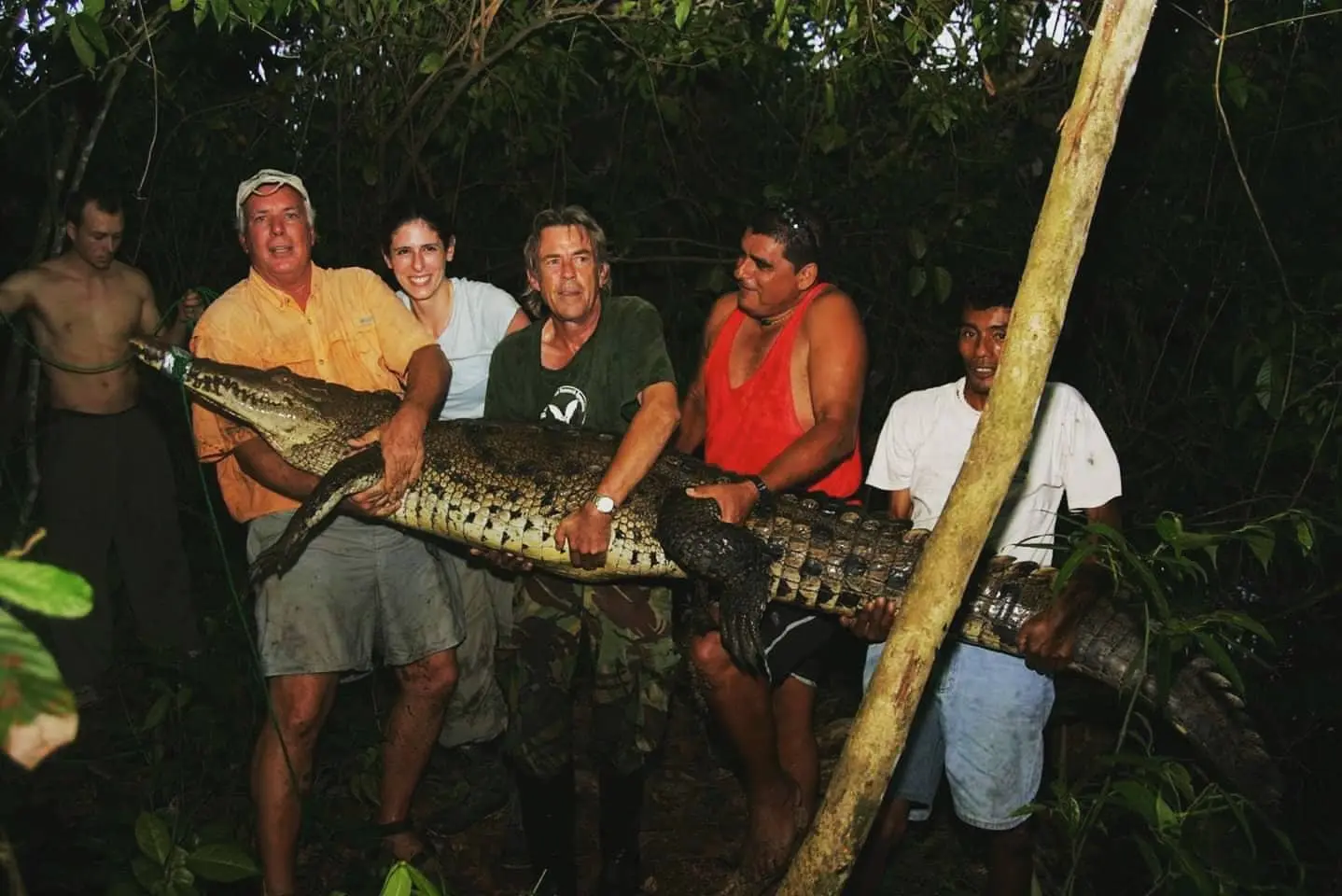
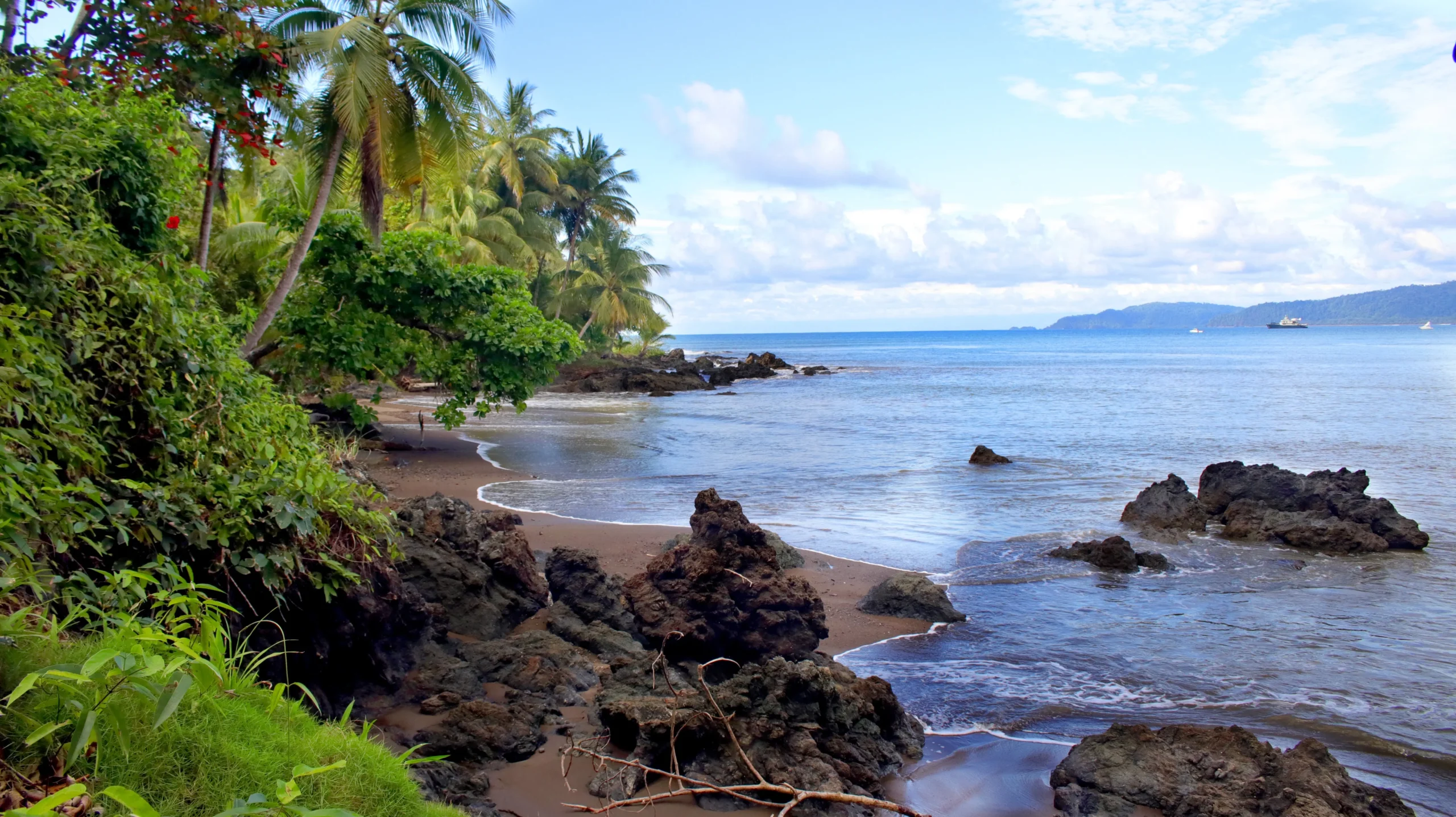
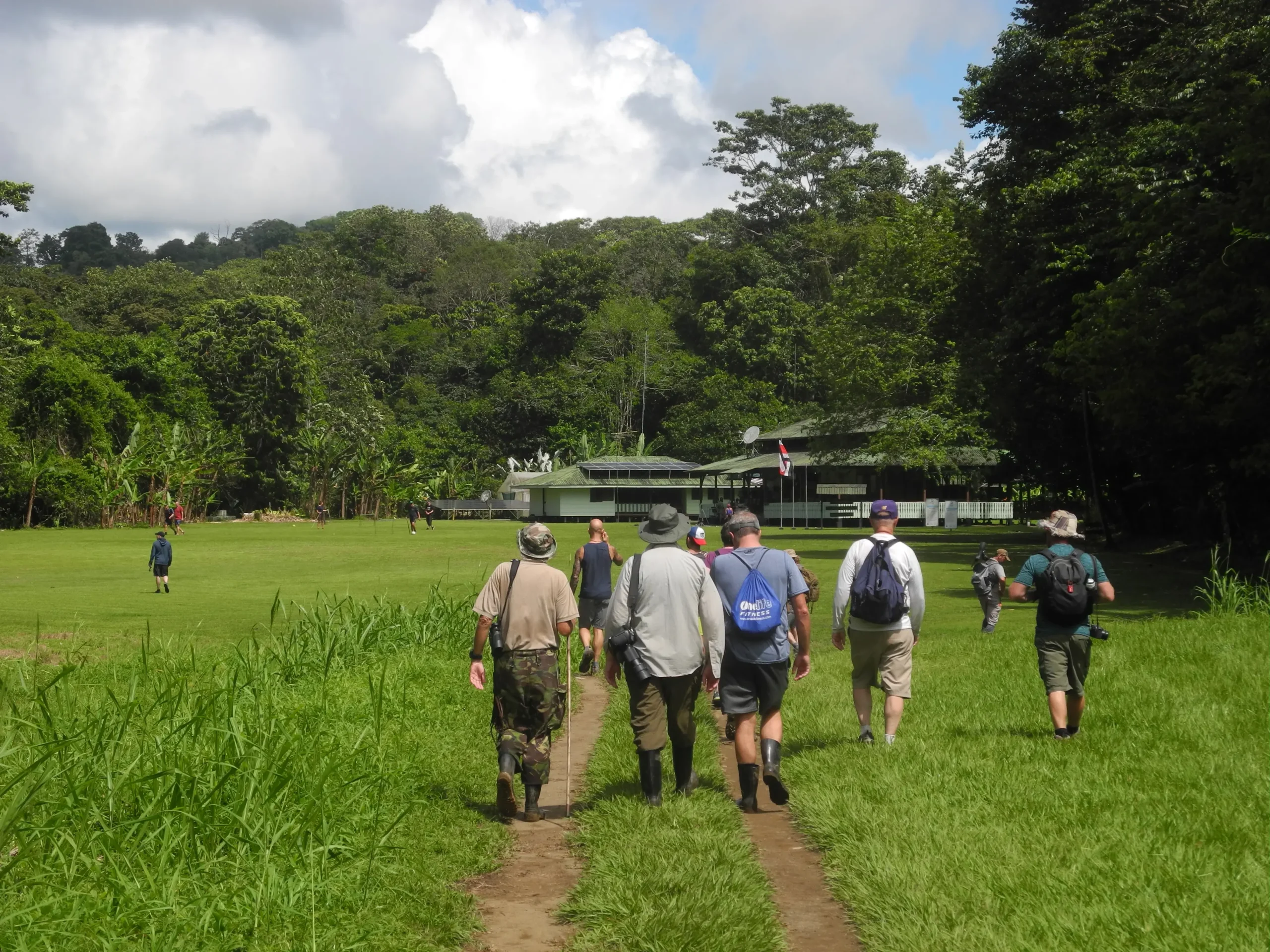


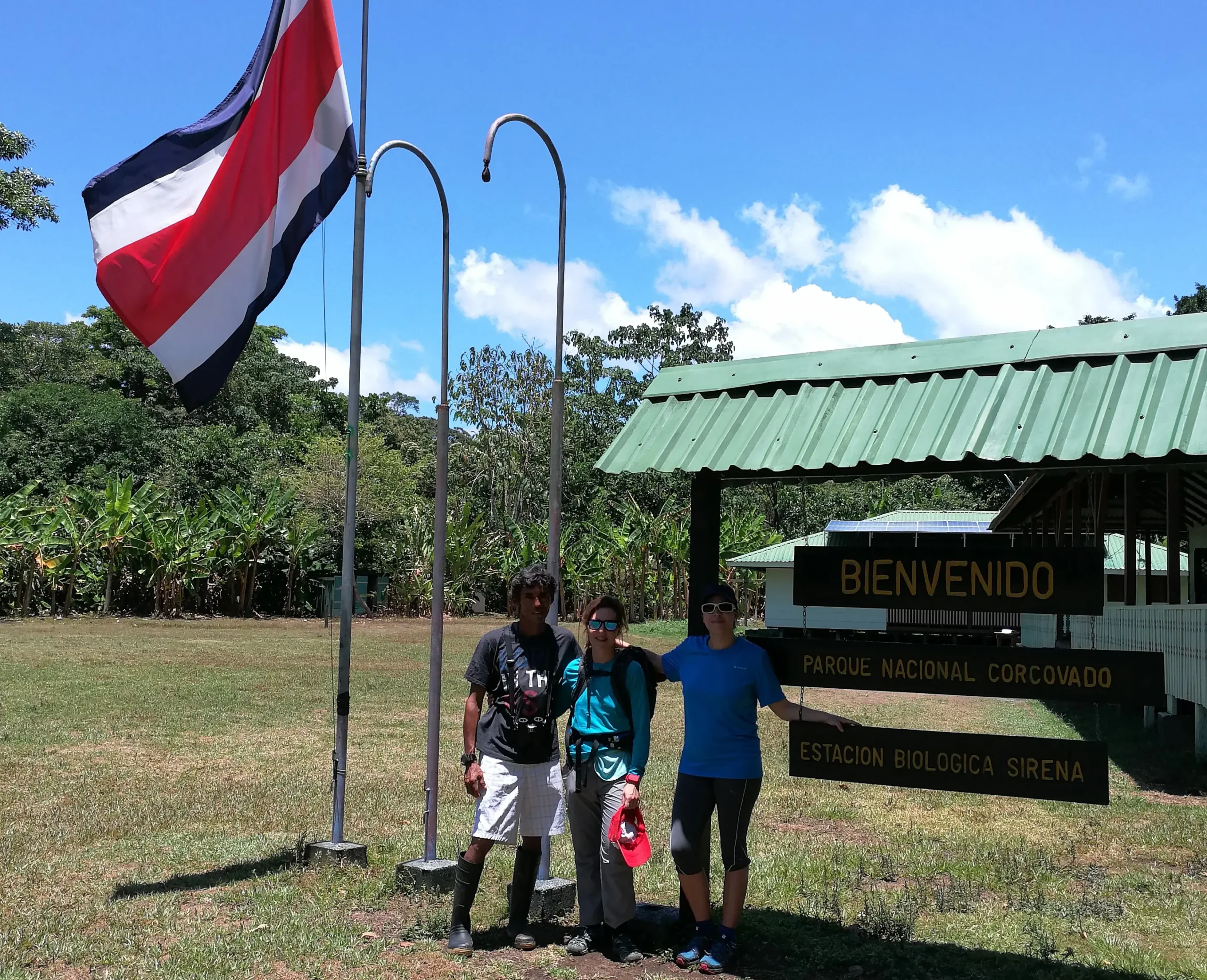
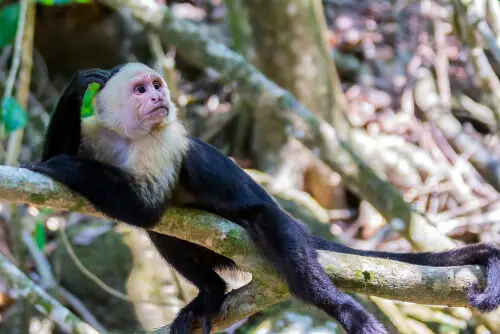
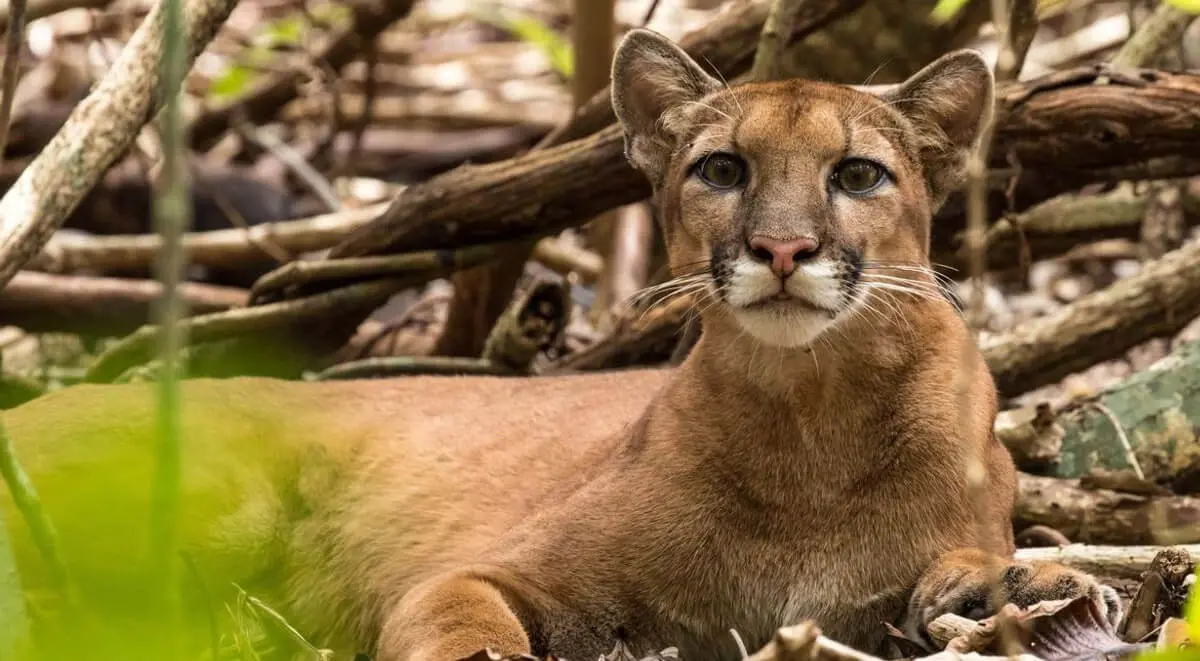
Everything You Need to Know Before Your Adventure
Frequenly Asked Questions
Changes to Corcovado National Park Regulations
The following are changes to the regulations governing Corcovado. Guide Associations on the Osa Peninsula are trying to reverse these change, but for the time being they hold:
1. The trail from Los Patos to Sirena can only be hiked with a guide.
2. The trail from Sirena to San Pedrillo is closed for this coming dry season (normally it opens from December to April).
3. It is currently not possible to rent the canoes on the Rio Sirena.
4. For the time being, it is not possible to leave any rangers station after dark and, thus, it is not possible at the moment to do night tours.
The hikes are about 20 km long. Both hiking trails, Sirena –Los Patos and Sirena – La Leona, are longer than most people have walked in their lives. They are not difficult technically, but they are demanding on your stamina. The weather is almost always hot and humid, and therefore you should ensure that you are well hydrated and have a good level of electrolytes before the hike. During the hike you will pass by several rivers where you have the chance to cool off.
Spiders
Spiders, like snakes, have an exalted position among people’s phobias. There are a lot of spiders here, but most are small and innocuous. Tarantulas are cryptic and seldom seen; they are harmless anyway!
Scorpions
Scorpions are not that often encountered, and none of the species found in Costa Rica are known to be dangerous. In fact, their stings are scarcely more harmful or painful than bee stings. However, shake out your boots before putting them on!
Biting insects
`Biting’ insects come in several groups, but only three are worthy of mention: mosquitoes, midges (or no-see-ms) and horse flies. Actually these flies (Diptera) don’t bite; they pierce and suck! – No matter where you are, or at what time of the day and night, they have you covered. But, their nuisance value is not that high (at least not anything like as bad as we have experienced in parts of North America and Europe), and most repellents confer effective protection.
Stinging insects
`Stinging’ insects, the bees, wasps, and ants (Hymenoptera) are very prevalent, and while their stings can be very painful, unprovoked attacks are rare. So called `killer bees’ do occur in Costa Rica, but the threat from them is no greater here than in any other area of their range.
We recommend you bring with you:
Cream for alleviating insect bites and stings
Insect repellent
Antihistamine tablets
Novices
PADI Resort Course instruction, prior to diving, is given to those of you who wish to scuba dive but lack diver’s certification. However, it has been our experience that many novices have pulled out of diving during the PADI instruction because of problems they have had using a facemask and snorkel, and/or a breathing regulator. It is a reflex action to stop breathing when one’s face is immersed in water, and to do so through a snorkel or regulator takes some getting used to. If you are unfamiliar with a facemask and snorkel, buy both and practice using them in the bath or your local swimming pool before your trip. And if your local diving club is willing, seek some practice with a breathing regulator as well.
Another problem, which we have come across, is with people who are near-sighted. It is not possible to wear glasses under a facemask; only contact lenses. So if you are near-sighted please don’t forget to bring contact lenses, and spares. Also, make inquiries about prescription facemasks.
Unless fear of water, feelings of claustrophobia, or other strong considerations prohibit you from scuba diving, we urge you strongly to give it a determined try. We of Osa Aventura have designed these adventure tours to introduce you to the beautiful, the awesome, and the amazing inhabitants of the world’s two most biologically rich environments — tropical rain forests and coral reefs. Not only would it be a great regret to you to miss experiencing one of them, but it would be huge disappointment to me as well.
Experienced Divers
If you have scuba dived before, beyond the level of resort diving, please bring whatever certification you have that will verify your experience. You may also use these dives on Caño Island to further your diving qualifications. We would need some prior notification if this is your wish, and you will incur an additional cost for the instruction.
Equipment
All diving equipment is provided. However, if you are planning to bring your own personalized facemask, fins or wet suit consider the additional weight which you will have to carry on the adventure tour that involves hiking through Corcovado National Park for several days.
Advisory Note
While diving you must keep within sight of your dive leader: stay close if you are a novice. And you must follow to the letter the instructions, warnings and advice he or she will give to you on each dive. None of the sea creatures you will encounter will be a threat to you if left alone.
What should I bring and wear?
Please note that on these adventure tours through Corcovado Park we will be hiking, with backpacks, for 50kms (30 miles) or more along muddy trails and beaches. As we have explained, the greatest difficulty you are likely to experience is from the combined effects of heat and humidity, which, if you are not used to it, can be debilitating. For your own comfort, therefore, we strongly advise that you to travel as lightly as possible: bring only that which is essential to you. You will be advised on these matters during your pre-tour briefing, and arrangements to store excess baggage can be made.
The following is what we recommend you include when packing:
- EQUIPMENT
- Binoculars
- Camera & film (asa 400 to 600 is best in rainforests)
- Compass
- Multipurpose penknife
- Flashlight & spare batteries
- Small zip-lock bag for your passport etc.
- Bin-bags for clothing etc. (purchasable upon arrival)
- Water bottle
MEDICINE & PROTECTANTS
This list includes some items essential and recommended for inclusion in your personal medical kit. Tailor your medical kit to your own specific needs, and perhaps seek medical advice. But keep it light! Remember that your guide will be carrying a multipurpose medical kit on all tours.
- Blister band-aides
- Antihistamine tablets (good for suppressing irritation from insect bites)
- Cream to alleviate insect bites and stings
- Antiseptic lotion or swabs
- Anti-fungal cream
- Sun-block
- After-sun lotion
- Insect repellent
CLOTHING & BEDDING
- A light sheet (a sleeping bag liner is ideal)
- Peaked cap or wide-brimmed hat
- Sunglasses
- Sandals
- Comfortable hiking boots or shoes with good grips (light ones that can be easily washed and dried are best). We wear rubber boots!
- A 65 to 75 liter backpack of good quality. (Multipurpose backpacks which double as suitcases are not recommended). A large pack half filled is much more comfortable than a small pack stuffed full!
- One pair of light trousers and a light long-sleeved shirt
- 3 pairs of shorts and 4 T-shirts. (To save weight consider hiking in the same clothes each day, packing only the minimum of clothing you think you will need for a clean, dry change in the evenings)
- Several pairs of good quality hiking socks
- A light backpackers towel
- As much underwear as you require
- Swim-wear
What Osa Aventura Provides
We are equipped with a medical kit, flashlights, and binoculars, but we recommend that you bring your own. Osa Aventura is also equipped with the knowledge of the environment, the terrain and its potential dangers. It is important that you heed the advice given to you by your guide during these adventure tours.
All year round. However, March is the hottest and November is the wettest.
Temperature
Remember that you are in the tropics: it is hot and humid, and there are snakes and creepy-crawlies. It is the latter though, which concerns people the most. Well, snakes and insects are not as bothersome as your imagination would have you believe. It is the combination of heat and high humidity that is the greater problem. On the Osa Peninsula temperatures seldom drop below 27oC (80oF), in the rainy season, and may exceed 35oC (95oF), in the dry season. Combined with the high humidity (60 – 100%), conditions here can become uncomfortable, even oppressive. Physical activity in such conditions is much more tiring than in cooler climes, and unless you take the appropriate precautions, severe sunburn, heat exhaustion, sunstroke and dehydration are likely consequences. Your guide will give you precautionary advice during adventure tours.
We recommend you bring with you:
- Light clothing
- An effective sun block
- Sunglasses and a peaked cap or a wide-brimmed hat
- Water bottle of one liter (2 – 3 pints) or more
Rainfall
On the OSA Peninsula rainfall is from 4 to 7 meters (160 to 280 inches) annually, and falls mainly between the months of April and November, heaviest in October. During this period–referred to by Costa Ricans as winter–it rains every day, though usually as heavy showers in the afternoon and evening. At times, rainfall can be torrential and accompanied by thunder and lightning. These thunderstorms, if they persist, can interrupt schedules as a result of swollen rivers and flooding. During such times Corcovado Park can be inaccessible and roads impassable. Throughout the rainy season forest trails will be muddy and in places slippery.
We recommend you bring with you:
Light waterproof clothing
Light washable hiking boots or rubber boots, both with good grips
sealable plastic bags and/or bin bags to keep your belongings dry
Snakes
The word `jungle’ conjures up nightmare images in the minds of many people of a place seething with snakes. Well, the reality is quite different (alas!): you seldom see snakes! Most encounters with snakes are with non-venomous species. Nevertheless, the threat from venomous snakes does exist, and their bites can be very serious indeed, sometimes fatal. However, your chances of being bitten by one are about as improbable as being struck on the head by a falling coconut. Venomous snakes will rarely bite unless provoked, trodden on or grabbed. Your experienced guide is there to minimize that improbability and will take the lead on all treks.
Peccaries
Of the large mammals found in the Neotropics – of which there are surprisingly few – it is only the peccary that has a dubious reputation. They have been known on occasions when taken by surprise, to send the unwary hiker scurrying up a tree for safety. Encounters with peccaries (the larger white-lip peccary in particular), in herds of 20 or more, are common in Corcovado and, as yet, no casualties have been reported. Their foul smell and the loud cracking of their canine teeth when alarmed, make encounters with these beasts an awesome experience, and a memorable one! We recommend that you practice your tree climbing!!
Jaguars
Jaguars are large and powerful cats, but have never, contrary to expectation, been known to bother people. There is a relatively healthy population of these cats in Corcovado!
Pumas
Pumas, reportedly, have on a couple of occasions `tumbled’ people in Corcovado Park. No serious injuries resulted. Personally, we would rather see and be `tumbled’ by a puma than not see one at all!
Sharks
Sharks are prevalent in the coastal waters of the Osa Peninsula and the Golfo Dulce. And among their ranks are two of the three most infamous species: the tiger shark and the bull shark. While this area is not renown for shark attacks, they have been known to occur – though no fatalities as far as we are aware. Bull sharks are very often seen patrolling the mouths of the Rio Sirena and Rio Claro in Corcovado Park. The benign white-tipped reef shark is a common sight to divers off Caño Island.
American crocodiles
American crocodiles kill on average one person annually in Costa Rica. In recent years these have been tourists! This species does not have a particularly bad reputation, preferring fish to tourists. But large specimens of three and a half meters (12 feet) or more will take large mammals and even people. Because of Costa Rica’s rigorous conservation laws, specimens of this size and larger are common here – reportedly there are crocodiles of up to 6 meters (20 feet) in the Corcovado Lagoon. But the American crocodile is not a threat unless you are dumb enough (or crazy enough like me!!) to swim in rivers, lagoons and lakes where they are known to occur.
A Precautionary Note
Hopefully we have allayed some of your fears and phobias about the tropics; or at least put them in perspective. But please don’t become too complacent: there are hazards and dangers in tropical rain forests and coral reefs.
Getting Lost
Getting lost in rainforests, for example, is a very real possibility if you are foolhardy enough to stray from the trail and your guide. When surrounded by trees with visibility restricted to 30 meters (100 feet) or less, one has no point of reference by which to navigate. And while the adage that all rivers lead to the sea is true, in Corcovado many rivers have their seaward courses interrupted by crocodile-infested swamps! Slippery trails and protruding roots make real the possibility of tripping and breaking a bone. Some trees, especially some palm trees, have vicious spines which, can cause deep wounds, can be difficult to remove, and often cause suppurating wounds.
Some Perspective
Although perils can come from unexpected sources, tropical rain forests and coral reefs are not seething cauldrons of nightmares as some may fear. If entered with due respect and perceived for what they really are–incredibly diverse and complex interrelationships of living things–tropical rainforests and coral reefs are truly among the most fascinating and captivating ecosystems on Earth.
Medical Advice and Vaccinations
Costa Rica has had for several decades an excellent health service. As a consequence, many of the diseases prevalent in other tropical countries have long since ceased to be a problem here. Nevertheless, you should seek medical advice from your doctor or medical center about what vaccinations are required and recommended for Costa Rica.
Dengue Fever and Malaria
Dengue fever and malaria are both on the increase world wide, and have recently reappeared in this country. Dengue and malaria are transmitted from people to people by mosquitoes, with no other animal host involved. Risk from either disease is, therefore, greater in urban areas than in rural areas. The Osa Peninsula has seen only a handful of cases of these diseases in the last two years largely because it is mainly rural. Concern for dengue and malaria in Costa Rica is centered primarily in the urban areas of Puntarenas, along the Pacific lowlands, and in Limon, along the Caribbean lowlands.
Waterborne Diseases
Waterborne diseases, such as cholera and typhoid are virtually unknown in Costa Rica, and municipal water supplies throughout the country are for the most part chlorinated and potable. The incidence of hepatitis is 100 times greater than typhus and 1000 times greater than cholera. The protozoan Giardia and the bacterium shigella are widespread in natural waterways. Under no circumstances should you drink water from a stream. Avoid shistosomiasis by not swimming in very slow-moving water.
Minor Infections
Minor infections, common to all humid tropical areas, include fungal rashes, like athlete’s foot and jock itch. Wearing damp clothing on long hikes through Corcovado offers ideal conditions for these rashes to occur. Also, cuts and grazes can become more easily infected with bacteria in tropical conditions.
We recommend you bring with you:
These in addition to other items recommended by your medical center or Doctor
Anti-fungal cream
Antiseptic lotion or swabs

